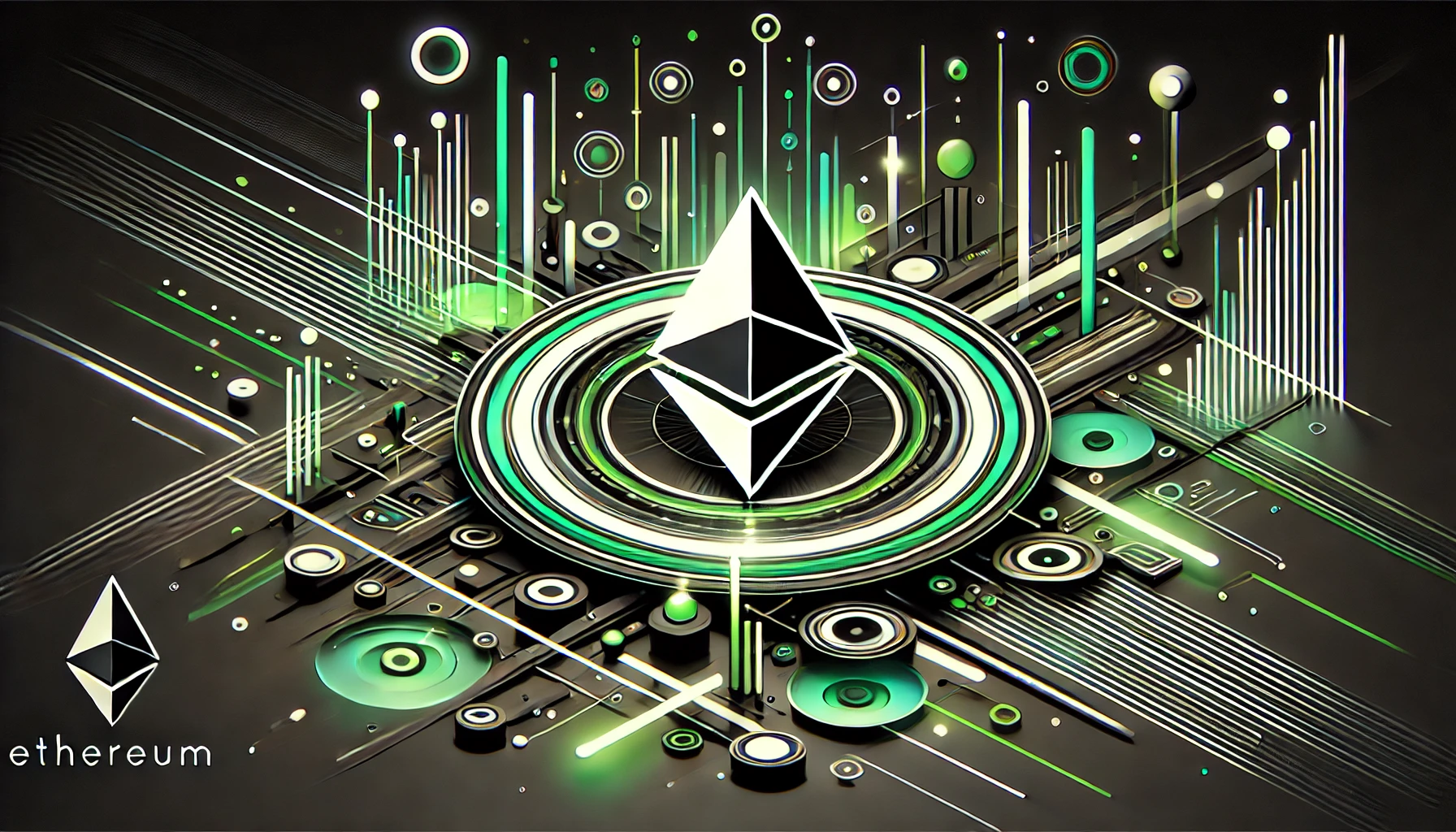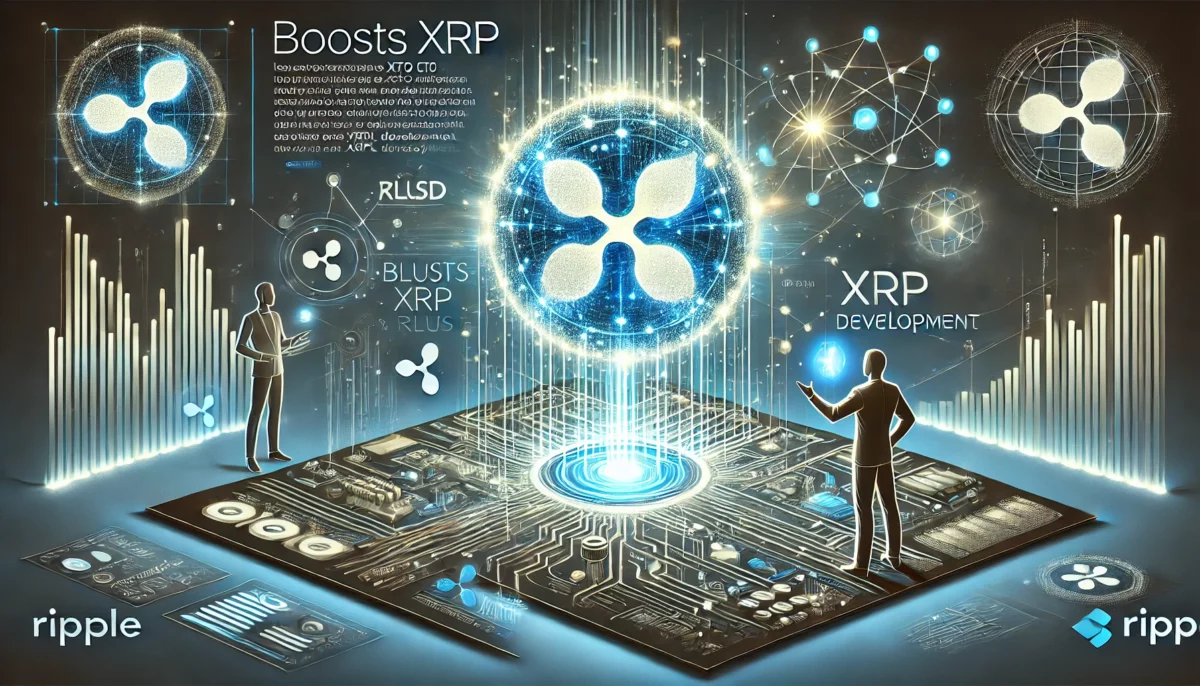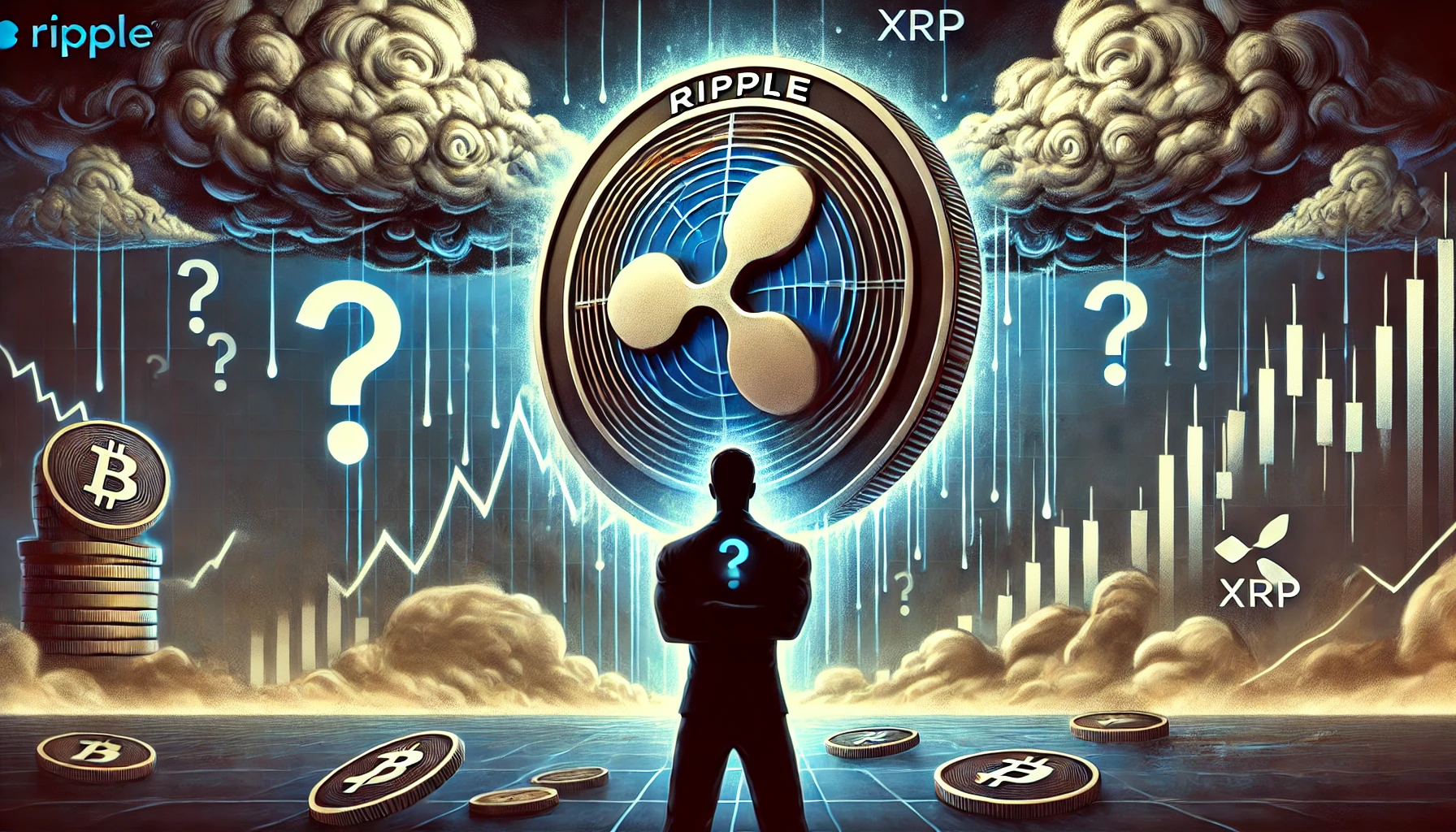Ethereum developers test four times an increase in gas limits for the upcoming Fusaka upgrade

- The Ethereum developers propose an increase in the gas limit at the Fusaka-Hardfork to increase the transaction capacity and to tune in the customers in advance.
- The step is intended to scale Ethereum’s basic layer, but previously requires lengthy tests due to potential risks for the network stability with high loads from block processing.
The developers of the Ethereum core are preparing to test the increase in the network of gas limits as part of the next large Hard Fork, Fusaka. The proposal, which was presented as part of the Ethereum Improvement Proposal (EIP) 9678, stipulates that the limit of the current threshold value is increased to 150 million. The step aims to scale the basic layer of Ethereum without needing new functions, and it comes before the Fusaka upgrade expected for the end of 2025.
Sophia Gold, a developer for protocol support at Ethereum Foundation, wrote EIP-9678 on April 23. The Draft It is aimed at formalizing the discussions of the latest All Core Devs Execution (ACDE) meetings in which an increase in gas limits was discussed as a priority. The gas limit defines the maximum computing effort that is allowed in a single block and thus has a direct impact on the network’s transaction throughput.
Ethereum nucleus developer Tim Beiko confirmedthat the increase is positioned as a decisive element of the Fusaka-Hardfork. In the summary of the meeting of April 24, he noted that the team was working on adapting all client software specifications to the proposed limit and expects the EIP to be merged into the next ACDE check at the beginning of this week. Beiko said that although the validers ultimately decide on the gas limits, a joint proposal enables customers to prepare and test accordingly.
Another week, another busy ACD
Pectra is ready to go, some turbulence around EOF, but strong confidence around shipping PeerDAS and raising the L1 gas limit
https://t.co/uXo6S6YmVb
— timbeiko.eth (@TimBeiko) April 24, 2025
Technical risks and test requirements
The proposed increase brings with it both opportunities and challenges. A quadrupling of the gas limits could improve the transaction processing capacity and reduce the overload of the entire network. However, it also harbors technical risks, especially with regard to the stability of Ethereum clients at higher block loads.
The developers assume that the increase in the gas limits will uncover errors or performance problems in the existing software designs. Therefore, the client teams will take some time to evaluate and solve problems before the higher limit can be implemented in the Mainnet. For this reason, increasing the gas limits is a candidate for a formal hard fork process that offers developers much more framework and help for this work.
Beiko explained that the EIP approach, although it is not typical of validator-controlled parameters, ensures that all customers update their default settings for fusaka in good time. He also pointed out that additional EIPs can be included in the Fusaka area of application if adjustments to the protocol level are discovered during the test phase.
Background and schedule
As highlighted in our last report, the current gas border, after a successful proposal on February 4, 2025, continues to be just under 36 million with the support of the validers. The Ycharts show that the average gas limit has been around 30 million since the last adjustment in August 2021. Fusaka would follow PECTRA upgrading, which is expected to start in May 2025.
In addition, Fusaka is expected to come onto the market at the end of 2022, so that the developers will have time to test, revise and solidify the change in the gas limits and the other upgrades. For the moment, the Ethereum developers want to carry out simulation tests in order to examine the behavior of the clients at higher gas limits and to make adjustments on the basis of the results.








No Comments